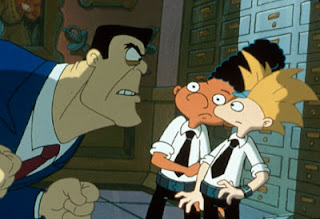Song 2 - Super Bass (Start at 33 seconds)
I picked to do these two songs because they were the similar yet completely different all at the same time. The original song, Super Bass, by Nicki Minaj gives more of an upbeat dance vibe, while the cover of this song by Drew Tobin is slower and more mellow. The lyrics are the same, with a few curse words changed, yet the songs give off two totally separate feelings.
The musical qualities of the two are different also. When it comes to rhythm, the cover song has more of a regular rhythm. When it comes to the Nicki Minaj version, the rhythm seems regular but not, it is almost on the verge of irregular with a solid beat. The intensity of the songs are different also. The cover song is very soft while Minaj's version is louder. The pitch in the cover song is lower than the pitch is Minaj's chorus. When she raps though, the pitch is lower, similar to the pitch in the cover song. When it comes to timbre, both songs have a very simple timbre that adds to the catchiness of their songs, and they both have a very ordered organization. The speed of the cover is much slower than the speed of the original version, yet they still sound just as good. The melody of both songs are very catchy and very easy to listen to, allowing for both songs to be very popular.
Personally, I am more interested in music that has a source that is simple, only a few instruments, so that makes me more drawn towards the cover version. I do appreciate the original version when I am listening to the radio or having a good time, but for relaxing I would much rather listen to the cover. The groove is much more appealing to me than the upbeat, overexcited, groove of the original by Nicki Minaj.




